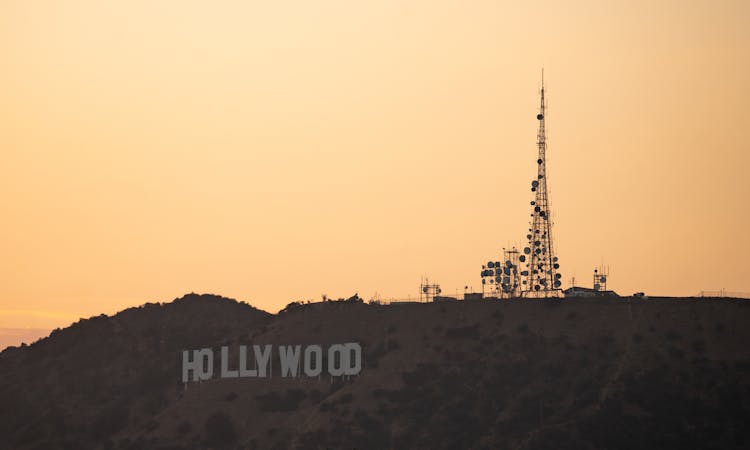All Categories
Featured
Table of Contents
The Hollywood Sign, originally a fleeting promotional tool, has metamorphosed into a global cultural icon. Conceptualized in 1923 for the Hollywoodland real estate development, the sign was intended to last only a year and a half. Fast forward to today, it continues to preside over Tinseltown, celebrating its centennial with much fanfare.
Despite its current status as an emblem of glamour and success, the journey of the Hollywood Sign is interwoven with personal tragedies and cultural shifts. The most heartrending of these stories is that of Peg Entwistle, a stage actress despondent over her faltering career, who leapt to her death from the top of the letter 'H' in 1932.
In the decades that followed, the Sign suffered neglect. It was only through a galvanized community effort, spearheaded by figures like Hugh Hefner in the 1970s, that revitalization was made possible. Hefner's star-studded gala at the Playboy Mansion played a pivotal role in rounding up funds, resulting in the construction of a sturdier, steel-crafted emblem that stands till this day.
Pranks and Alterations: The Lighter Side of the Hollywood Sign
The Hollywood Sign has not only been a beacon of aspiration but also a canvas for high-profile pranks. From "Hollyweed" to numerous other alterations, these pranks, often reflective of socio-political climates, have seized public imagination and headlines repeatedly.
The "Hollyweed" prank, one of the most notorious, occurred in 1976 when a student altered the Sign to commemorate the decriminalization of marijuana in California. This act of mischief was redone in 2017, proving that the Sign continues to inspire and act as a backdrop for public expression.
This playful tampering, however, underscores a vital aspect of the Sign's lore—its integration into the fabric of American society, not only as a landmark but also as a participatory element of urban culture.
Celebrating 100 Years: Preservation Efforts for the Hollywood Sign
The concerted efforts by the Hollywood Sign Trust have been instrumental in preserving this structure, ensuring its survival against threats posed by both nature and humans. As the Sign nears its 100th anniversary, extensive initiatives are being undertaken to refurbish and protect it, guaranteeing it remains a beacon for future generations.
Anticipating the centenary in 2024, the Trust plans celebratory events and projects aimed at enhancing the site's safety and accessibility. These efforts emphasize the Sign's status not merely as a historical artifact but as a living, breathing cultural touchstone.
The Enduring Influence of the Hollywood Sign
Looking forward, the Hollywood Sign will continue to mesmerize and inspire. It stands not only as a literal signpost but also as a metaphor for the possibilities that define the human spirit. Its centenary is a testament to its enduring appeal and symbolic power—a beacon for dreamers around the world.
As the Hollywood landscape evolves, so too will the significance of the Sign. It remains an essential narrative in the annals of cinema and culture, a piece of history continually rewriting itself through every individual it inspires and every story it tells.
What was the original purpose of the Hollywood Sign?
How has the Hollywood Sign changed over the years?

Featured Posts
Table of Contents
Latest Posts
Digital Detox Downsides: Navigating the Mental Health Challenges of Unplugging
Apartment Gardening Essentials: Finding Your Green Identity
A Deep Dive into Understanding Credit Reports
More
Latest Posts
Digital Detox Downsides: Navigating the Mental Health Challenges of Unplugging
Apartment Gardening Essentials: Finding Your Green Identity
A Deep Dive into Understanding Credit Reports